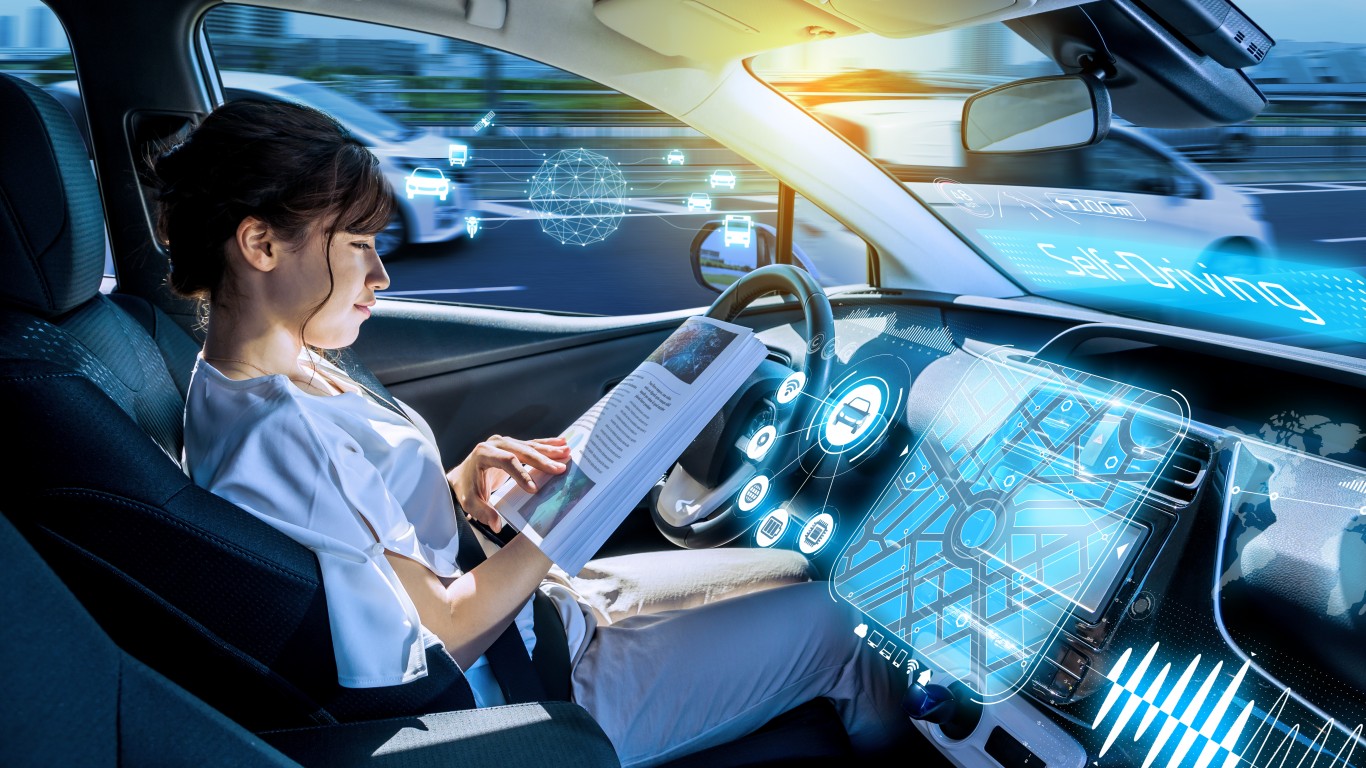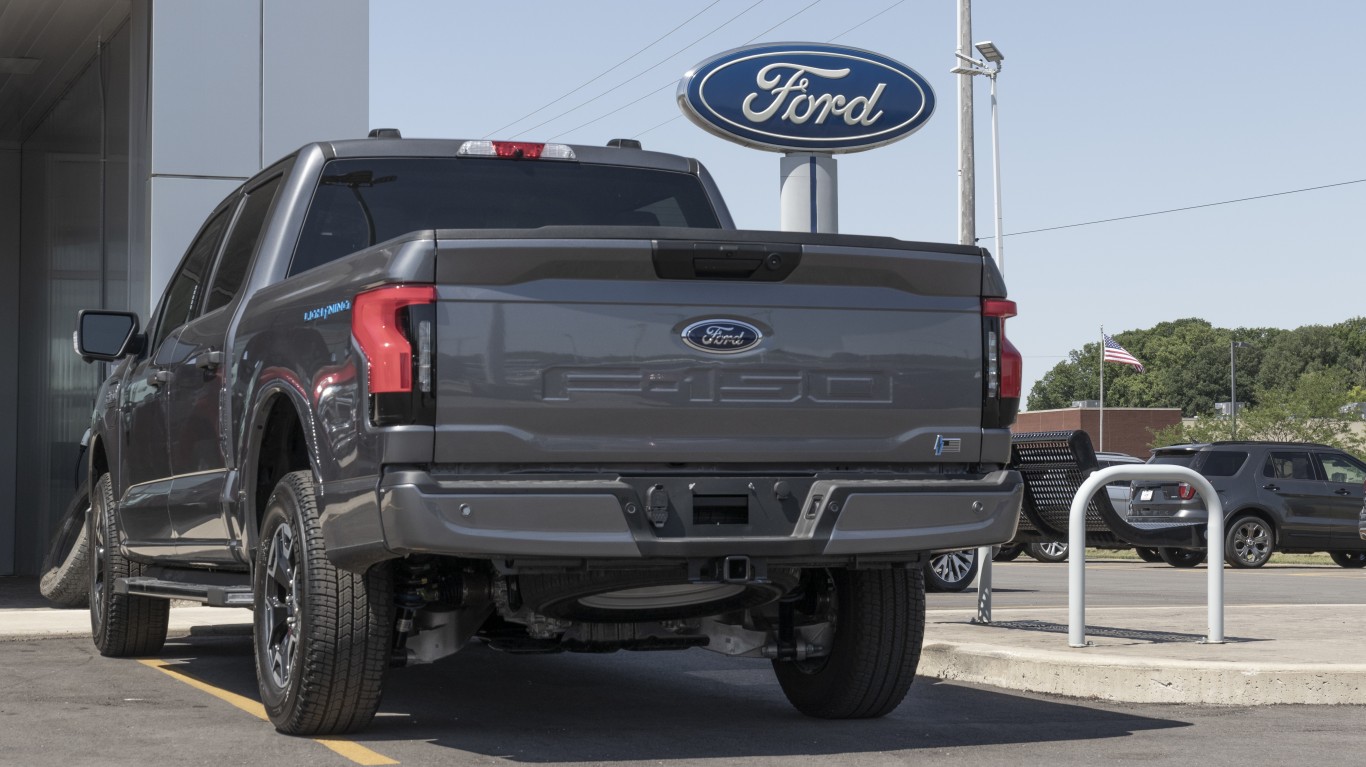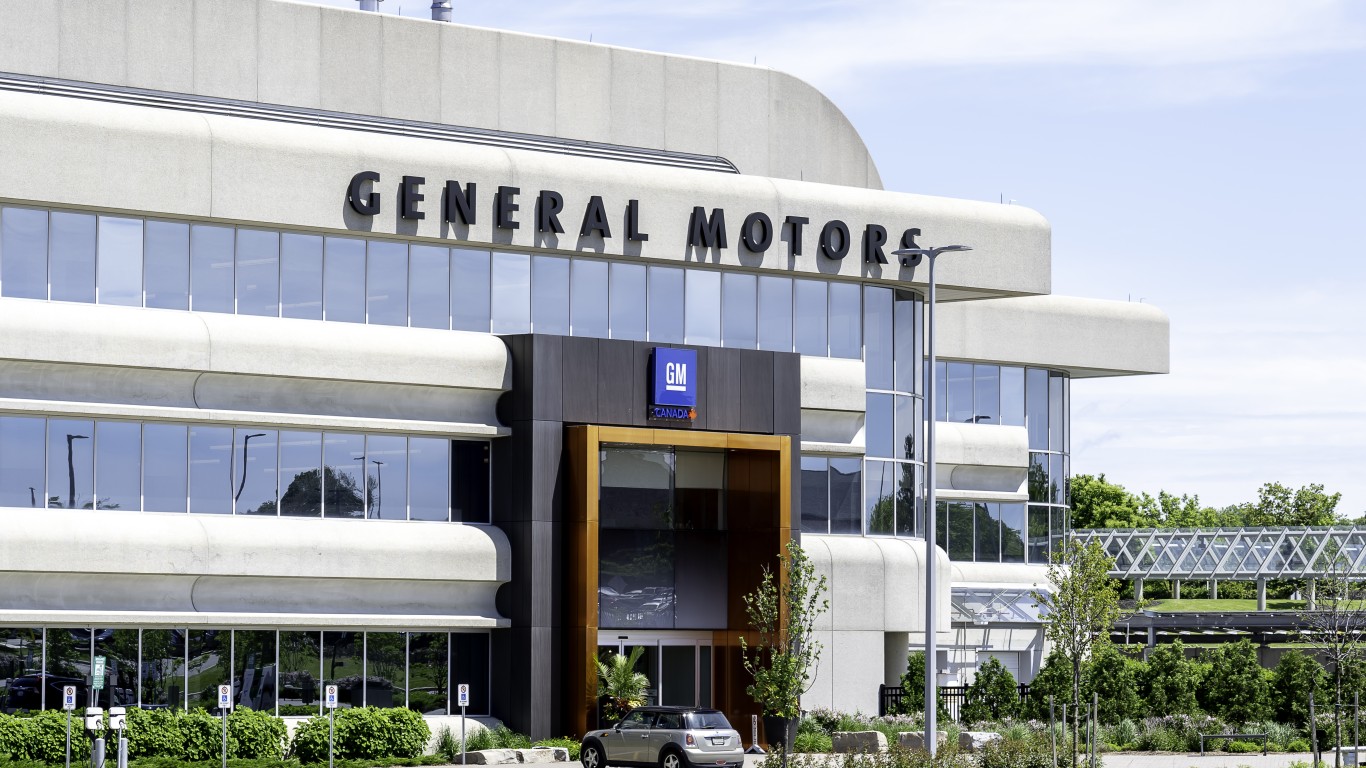
GM won’t continue its tests of driverless vehicles in the U.S. for now. Its permit to test them in California was taken away. State regulators don’t think GM “autonomous vehicles” are safe. The primary barrier to AV adoption is fear of crashes. So. far, that anxiety has been well placed. As part of its surrender, a GM’s spokesperson said, “The most important thing for us right now is to take steps to rebuild public trust.”
Autonomous driving vehicles are not as large a short-term opportunity as EVs are. However, the idea that people can give up all the functions of driving and use their cars as small living rooms has almost unlimited appeal.
At least two dozen autonomous car companies are operating in the U.S. when the large car companies are included. The most famous company outside the auto industry is Waymo, which spun out from Google. Uber has started to use Waymo-built cars in Phoenix. But a Phoenix distribution is much less difficult than a national one.
To the uninitiated, the problem with marketable driverless cars is that they must be mapped to every road and street in America. They have to detect traffic signals and signs. They must account for people who dart across the road, unexpected and unseen at first. They have to function the same way with animals and other cars. (These are the worst multi-vehicle car accidents in America.)
Tesla has had problems with its self-driving feature, even if it is supposed to be coupled with driver supervision. Bad news, like crashes, makes adoption harder.
There is no evidence that self-driving cars can be used to travel anywhere in America. That time is years away. Regulation by state and even city will slow adoption as well.
GM has delayed its move into autonomous vehicles. Technology failed it. Later on, regulation may be the barrier.
Cash Back Credit Cards Have Never Been This Good
Credit card companies are at war, handing out free rewards and benefits to win the best customers. A good cash back card can be worth thousands of dollars a year in free money, not to mention other perks like travel, insurance, and access to fancy lounges. See our top picks for the best credit cards today. You won’t want to miss some of these offers.
Flywheel Publishing has partnered with CardRatings for our coverage of credit card products. Flywheel Publishing and CardRatings may receive a commission from card issuers.
Thank you for reading! Have some feedback for us?
Contact the 24/7 Wall St. editorial team.



